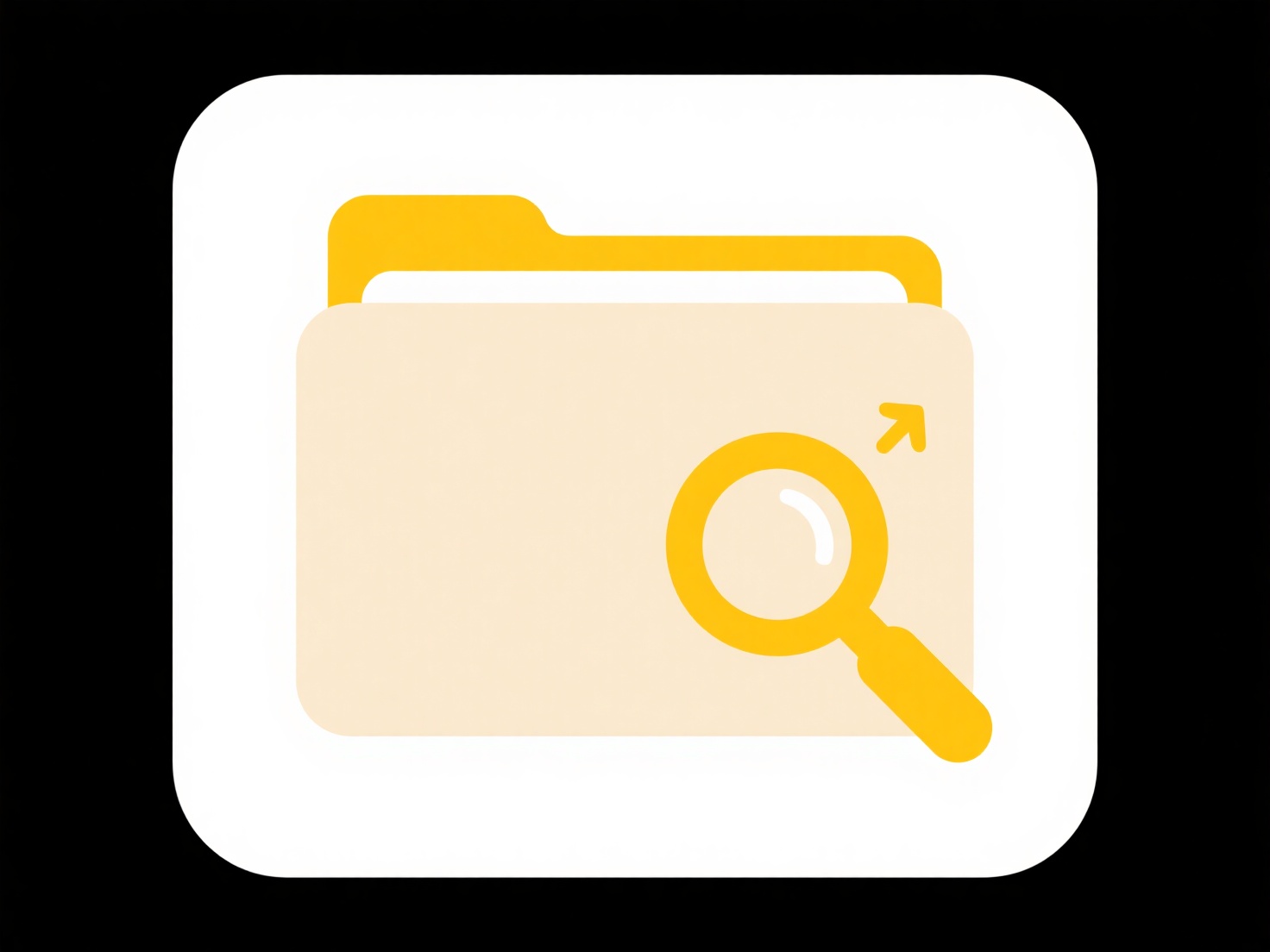
Cloud syncing automatically updates files between your computer and online storage service. When syncing stops, communication between your device and cloud server is interrupted. Common causes include poor internet connectivity (disabling transfer), reaching storage limits (blocking uploads), hitting device limits like maximum file paths or open files, or conflicts between file versions on different devices. Temporary service outages on the provider's end can also be a factor.
For instance, if your home Wi-Fi signal drops while uploading a large video to Google Drive, the sync process halts until the connection stabilizes. Similarly, attempting to edit a PowerPoint file simultaneously with a colleague via Dropbox might cause a sync conflict flagged by the service, preventing automatic merging until resolved.

While cloud syncing offers seamless access across devices, these interruptions highlight its dependency on stable infrastructure and provider reliability. Syncing issues cause frustration and potential data loss if unsaved local changes aren't uploaded. However, most interruptions are temporary and solvable by checking connection status, freeing space, resolving conflicts, or retrying later. Regular backups mitigate the risk of significant data disruption.
Why is my cloud storage not syncing with my computer?
Cloud syncing automatically updates files between your computer and online storage service. When syncing stops, communication between your device and cloud server is interrupted. Common causes include poor internet connectivity (disabling transfer), reaching storage limits (blocking uploads), hitting device limits like maximum file paths or open files, or conflicts between file versions on different devices. Temporary service outages on the provider's end can also be a factor.
For instance, if your home Wi-Fi signal drops while uploading a large video to Google Drive, the sync process halts until the connection stabilizes. Similarly, attempting to edit a PowerPoint file simultaneously with a colleague via Dropbox might cause a sync conflict flagged by the service, preventing automatic merging until resolved.

While cloud syncing offers seamless access across devices, these interruptions highlight its dependency on stable infrastructure and provider reliability. Syncing issues cause frustration and potential data loss if unsaved local changes aren't uploaded. However, most interruptions are temporary and solvable by checking connection status, freeing space, resolving conflicts, or retrying later. Regular backups mitigate the risk of significant data disruption.
Quick Article Links
What’s the best way to export to .PDF for web?
Exporting to PDF for web involves creating web-optimized PDF files. These are specifically designed for online viewing a...
Can I get alerts when duplicates are created?
Duplicate alerts notify users when identical or highly similar records are created within a system. This feature automat...
How do I monitor sync activity between cloud and local?
Monitoring sync activity involves tracking the data transfer process between your local device (like a computer or phone...